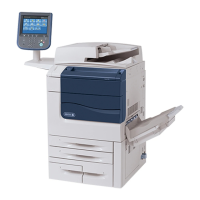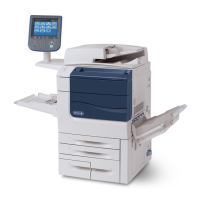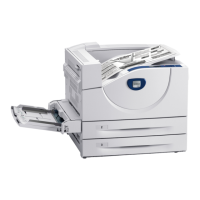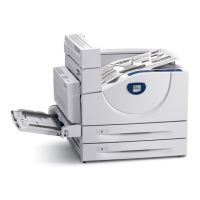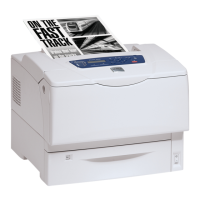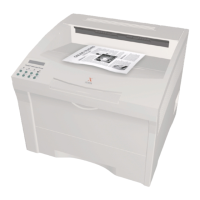MW
MULTIPLY WORD
0Nord
index
alignment)
MULTIPLY
WORD multiplies
the
contents
of
register
Rul
by
the
effective
word, loads the
32
high-order
bits
of
the
product
into
register R
and
then loads the
32
low-
order
bits
of
the
product into register
Rul
(overflow
cannot
occur).
If
R is odd
value,
the result in register R is the
32
low-
order
bi ts
of
the product. Thus, in
order
to
generate
a
64-bit
product,
the
R
field
of
the
instruction must be
even
and
the
multiplicand
must be in
register
R+l. The
condi-
tion
code
settings
are
based on
the
64-bit
product formed
during
instruction
execution,
rather
than on the final
con-
tents
of
register
R.
Affected:
(R),
(Ru
1), CC
(Ru
1)
x
EW
-
R,
Ru
1
Condi ti on
code
setti
ngs:
2 3 4
64-bi
t product
- -
0 0
Zero.
o
Negative.
o Positive.
-
0 Result
is
correct,
as represented in
regis-
ter
Rul.
OH
o 0 Result is not
correctly
representable
in
reg-
ister
Rul
alone.
D NIDE
HALFWORD
(Halfword
index
alignment)
DNIDE HALFWORD divides the
contents
of
register R
(treated
as a
32-bit
fixed-point
integer)
by
the
effective
halfword
and
loads the
quotient
into
register
R.
If the
absolute
value
of
the
quotient
cannot
be
correctly
repre-
sented
iii
32
bits, fixed--point oveiflov;
OCCUiSi
iii ·which
case
CC2
is
set
to 1 and the
contents
of
register
R,
and
CC1,
CC3,
and
CC4
are
unchanged.
Affected:
(R),
CC2, CC3, CC4 Trap:
Fixed-pointoverflow
Condition
code
settings:
2 3 4 Result in R
-
0 0 a Zero
quotient,
no overflow.
- a a
Negative
quotient,
no overflow.
- 0
o Positive
quotient,
no overflow.
-
Fixed-point
overflow.
If
CC2
is
set
to 1
and
the
fixed-point
arithmetic
trap mask
(AM)
is a 1, the
BP
traps to
location
X'43'
with the
con-
tents
of
register
R,
CC1, CC3,
and
CC4 unchanged.
OW
DIVIDE WORD
(Word
index
alignment)
DIVIDE
WORD divides the
contents
of
registers
Rand
Ru
1
(treated
as a
64-bit
fixed-point
integer)
by the
effective
word, loads
the
integer
remainder into register R and then
loads
the
integer
quotient
into register Rul.
If
a nonzero
remainder occurs, the remainder has the same sign as the
dividend
(original contents
of
register
R).
If
R
is
an odd
value,
DW
forms a
64-bit
register
operand
by
extending
the
sign
of
the
contents
of
register R
32
bit
positions to the
left, then divides the
64-bit
register
operand
by the
effec-
tive
word,
and
loads
the
quotient
into register
R.
In
this
case,
the remainder is lost and
only
the contents
of
reg-
ister R
are
affected.
If
the
absolute
value
of
the
quotient
cannot
be
correctly
represented
in
32
bits,
fixed-point
overflow occurs; in
which
case
CC2 is
set
to 1
and
the
contents
of
register
R,
register Rul, CC1, CC3,
and
CC4
remain unchanged;
otherwise,
CC2
is
reset to 0, CC3 and
CC4
reflect
the
quotient
in register Rul, and
CCl
is
unchanged.
Affected:
(R),
(Rul), CC2
CC3,
CC4
Trap:
Fixed-point
overflow
(R,
Rul)
-;-
EW-
R (remainder),
Rul
(quotient)
Condition
code
settings:
2 3
4
Resu
I
tin
Ru
1
- 0 0 a
Zero quoti
ent,
no overflow.
- a a
Negative
quotient,
no overflow.
- a a
Positive
quotient,
no overflow.
Fixed-point
overflow.
If
CC2
is
set
to 1 and the
fixed-point
arithmetic
trap mask
(R)
-;-
EH-
R
(AM)
is
a 1, the
BP
traps to
location
X'43' with the
64
Fixed-Point
Arithmetic Instructions
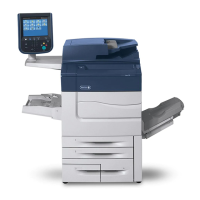
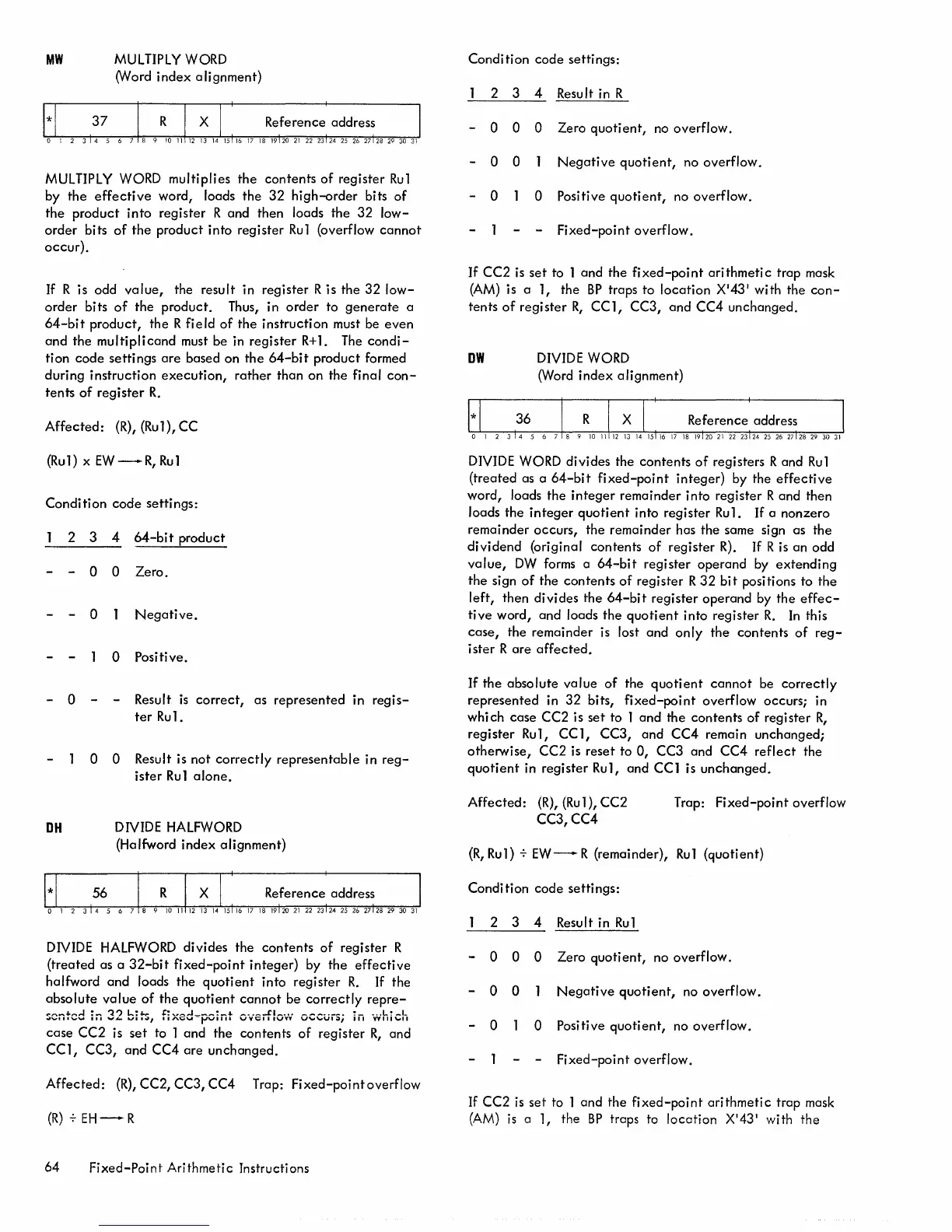